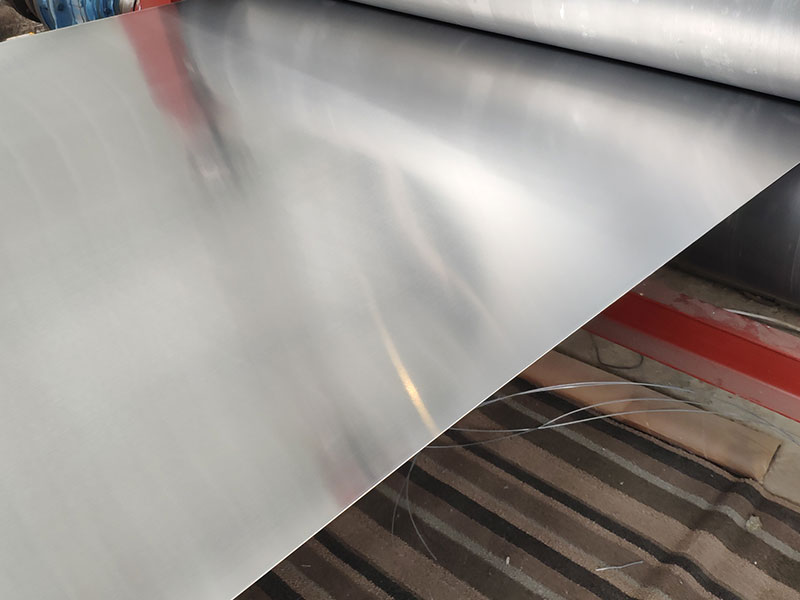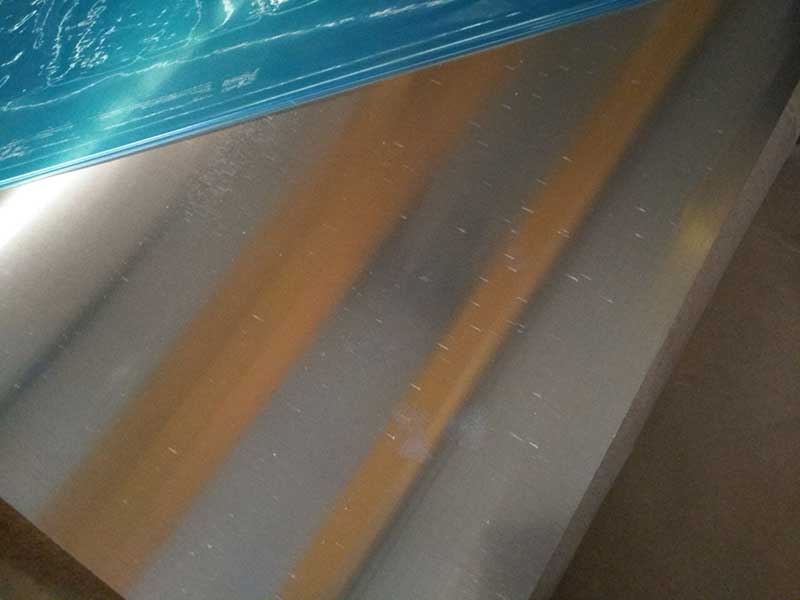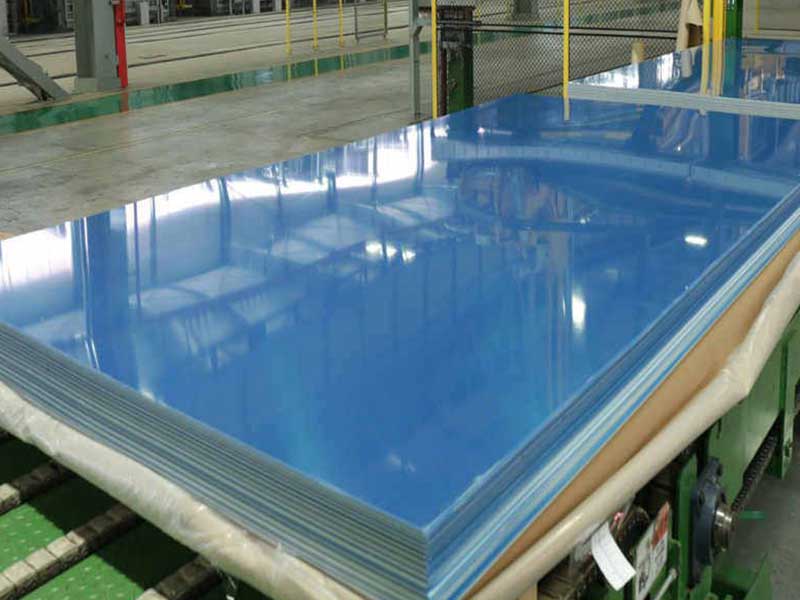High hardness aluminum sheet
In recent years, high hardness aluminum sheets have emerged as an essential material in industries that require strength without the weight associated with traditional metals. the unique characteristics of these sheets—from their technical properties to their practical applications—provides insightful perspective into why they are rapidly gaining popularity.
What Sets High Hardness Aluminum Sheets Apart?
High hardness aluminum sheets are predominantly made from alloys such as 7075 and 7050. Both reinforce the material’s strength without compromising its lightweight advantage, unleashing unprecedented joining capabilities with materials traditionally considered more robust. The primary elements affecting the high hardness include zinc, magnesium, and minimal amounts of copper—elements that interact to create a synergistic effect, enhancing both hardness and toughness.
- Tensile Strength: This crucial factor sees high hardness aluminum sheets boasting tensile strength upwards of 570 MPa (megapascals), making them true competitors against steel in many applications.
- Hardness Approaches: Measured via Rockwell scales, these sheets reach levels above HRC 30, meeting specific industry standards for applications that require both durability and performance.
- Heat Treatment: Many high hardness aluminum sheets undergo heat treatment processes like T6 tempering. This approach significantly boosts their strength while maintaining structural integrity, which benefits industries requiring robust materials—like aerospace and military applications.
Applications: Where High Hardness Aluminum Sheets Shine
This type of aluminum sheet shines in diverse sectors, transforming how manufacturers approach design and functionality.
-
Aerospace Engineering: Perhaps the most intensive application of high hardness aluminum sheets can be found in aerospace construction. Their remarkable strength-to-weight ratio means that aircraft manufacturers can build lighter, more efficient structural components without sacrificing durability and safety.
-
Military Projects: The defense industry highly values these sheets' resilience to external forces and ability to handle rigorous environments, establishing themselves as a dependable option for armored vehicles and aircraft.
-
Automotive Specifications: Engine compartments, frameworks, and wheels often utilize high hardness aluminum for components requiring durability. The automotive industry appreciates reduced mass through corresponding fuel efficiency استاندارد, leading to increased demand in lighter-weight vehicle structures.
-
Marine Applications: The treatment these sheets receive enables them to resist corrosion and maintain integrity when exposed to salty or liquid environments. Shipbuilding favors these qualities for hulls and superstructures needing increased strength against high-impact waves.
-
Industrial Equipment: Among machinery and points of assembly reactions, high hardness aluminum sheets provide necessary resilience and structure. Formed into full assemblies, they offer manipulable strength for tools and components as they adapt to challenges.
Pros and Cons: Navigating Use Cases Wisely
Though many desirable traits accompany high hardness aluminum sheets, users are encouraged to use the material with an informed perspective of its limitations.
Advantages:
- Exceptional rigidity and reduced weight support advancements in product design.
- Naturally corrosion-resistant properties minimize maintenance and downtime.
Disadvantages:
- Reduced malleability compared to softer aluminum brings challenges in specific fabricating processes.
- Generally, a higher price point shares in the distinction of performance risks when needing replacement due to failure.
https://www.aluminumplate.net/a/high-hardness-aluminum-sheet.html







